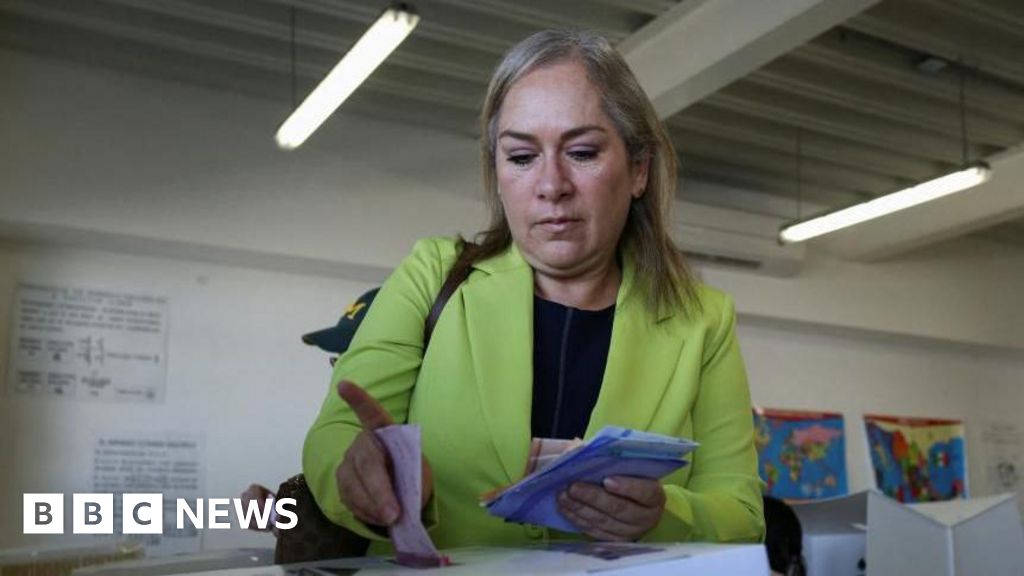Innsbruck physicists have presented a new architecture for improved quantum control of microwave resonators. In a study recently published in PRX Quantum, they show how a superconducting fluxonium qubit can be selectively coupled and decoupled with a microwave resonator and without additional components. This makes potentially longer storage times possible.
Microwave resonators are considered a promising building block for the development of robust quantum computers, as they store quantum information in more complex states. This simplifies error correction and allows significantly longer storage times.
“The storage time of quantum information of these microwave resonators has so far been limited by undesirable interactions with the superconducting qubits used to control them,” explains Gerhard Kirchmair from the Department of Experimental Physics at the University of Innsbruck and the Institute of Quantum Optics and Quantum Information (IQOQI) of the Austrian Academy of Sciences.
So far, microwave resonators have mainly been controlled by transmon qubits, the most commonly used superconducting qubits. Like transmon qubits, fluxonium qubits consist of a capacitor and a Josephson junction. Fluxonium qubits also contain an inductor +, which shields the qubits from the environment and ensures their unique properties.
In the new paper, the researchers use the fluxonium qubit, which can be freely controlled via magnetic fields, to specifically switch the interaction with the microwave resonator on and off.
This method can effectively eliminate the main source of unwanted noise from the otherwise required auxiliary systems. “This significantly improves the control and lifetime of the quantum states and could make future quantum computers with microwave resonators more powerful and reliable,” says Kirchmair.
More information:
D.G. Atanasova et al, In Situ Tunable Interaction with an Invertible Sign between a Fluxonium and a Post Cavity, PRX Quantum (2025). DOI: 10.1103/PRXQuantum.6.020318
Citation:
Novel architecture improves control of microwave resonators for quantum computers (2025, May 2)
retrieved 3 May 2025
from
This document is subject to copyright. Apart from any fair dealing for the purpose of private study or research, no
part may be reproduced without the written permission. The content is provided for information purposes only.


















